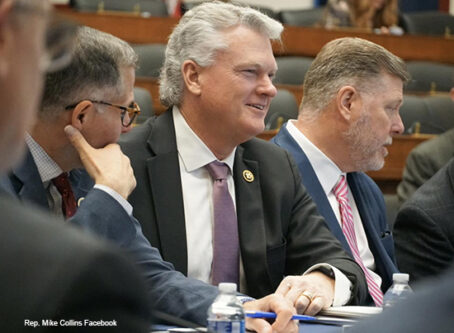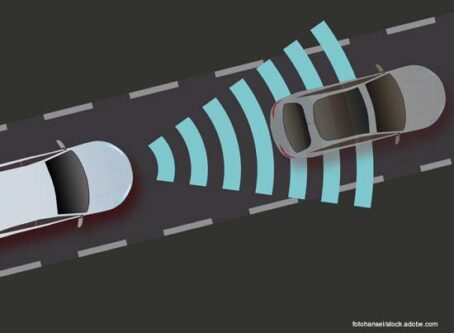EPA’s proposed truck emission standards reach OMB
A proposed rule that establishes stricter truck emission standards is quickly making its way through the regulatory process.
On Monday, Dec. 18, the White House’s Office of Management and Budget received the Environmental Protection Agency’s notice of proposed rulemaking that would set the strictest truck emission standards at the federal level. The proposed rule was submitted to the Federal Register in April, with the comment period ending in June.
EPA’s submission to the OMB comes as environmental groups and Democrat lawmakers put pressure on the Biden administration to act more quickly to establish tougher truck emission standards.
On Nov. 29, Sens. Alex Padilla, D-Calif., and Sheldon Whitehouse, D-R.I., held a press conference to voice their support for the rulemaking, formally known as the Greenhouse Gas Emissions Standards for Heavy-Duty Vehicles – Phase 3. The senators want the rule finalized by early 2024. According to a timetable on the OMB website, a final rule is set for March 2024.
“EPA has ample authority here, and I echo (Padilla’s) call to the EPA administrator to do this strong and do this quick,” Whitehouse said during the press conference. “We don’t want it to lurk over into congressional review act territory.”
In September, 80 federal lawmakers signed off on a letter to EPA Administrator Michael Regan urging the agency to finalize and issue strong vehicle greenhouse gas emission standards for both cars and trucks by the end of the year.
Proposed truck emission standards
In April, the EPA issued a proposed rule for setting the strictest truck emission standards at the federal level.
The EPA’s proposed truck emission standards would require a quarter of new heavy trucks sold in the U.S. to be all-electric by 2032.
The upfront cost difference between an electric truck and an internal combustion engine truck is $582 for a short-haul daycab tractor. However, that price difference skyrockets to $14,712 for long-haul sleeper cab tractors.
The EPA is proposing stronger carbon dioxide standards for model year 2027 heavy-duty vehicles that go beyond the current emission standards that apply under the HD Phase 2 Greenhouse Gas program. It also is proposing an additional set of carbon dioxide standards for heavy-duty vehicles that would begin to apply in model year 2028, with progressively lower standards each model year through 2032.
Not so fast
Although Democrat lawmakers have been trying to expedite the process, other federal lawmakers have expressed concerns that the rule is moving too quickly.
In July, more than 30 members of Congress from both sides of the aisle expressed concerns over EPA’s Phase 3 of truck emission standards. In a letter to Regan, the coalition of lawmakers pointed out that the proposed rule is being rushed.
“EPA issued a notice of proposed rulemaking with a comment period of only 50 days and has denied requests for extension,” the letter states. “By comparison, EPA took five years to finalize the Phase 2 GHG rule. There is much at stake for the truck industry, its employees and the economy, and the EPA should take the time needed to carefully consider the concerns raised during the rulemaking.”
Shortly after the proposed rule was published, several stakeholders voiced similar concerns. The Owner-Operator Independent Drivers Association called the rulemaking “hurried” and also pointed out the lack of a national charging infrastructure.
OOIDA President Todd Spencer issued the following statement:
“The Biden-Harris EPA is continuing their regulatory blitz on small-business truckers. The latest proposal comes on the heels of a hurried nitrogen oxide emissions rulemaking finalized in December along with a California waiver mandating sales of electric trucks. Today’s announcement is a blatant attempt to force consumers into purchasing electric vehicles while a national charging infrastructure network remains absent for heavy-duty commercial trucks. Professional drivers are skeptical of (electric vehicle) costs, mileage range, battery weight and safety, charging time and availability. It’s baffling that the EPA is pushing forward with more impractical emissions timelines without first addressing these overwhelming concerns with electric (commercial motor vehicles). The pursuit of this radical environmental agenda in conjunction with an anticipated speed limiter mandate will regulate the safest and most experienced truckers off the road.” LL









